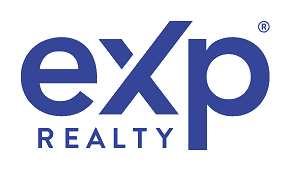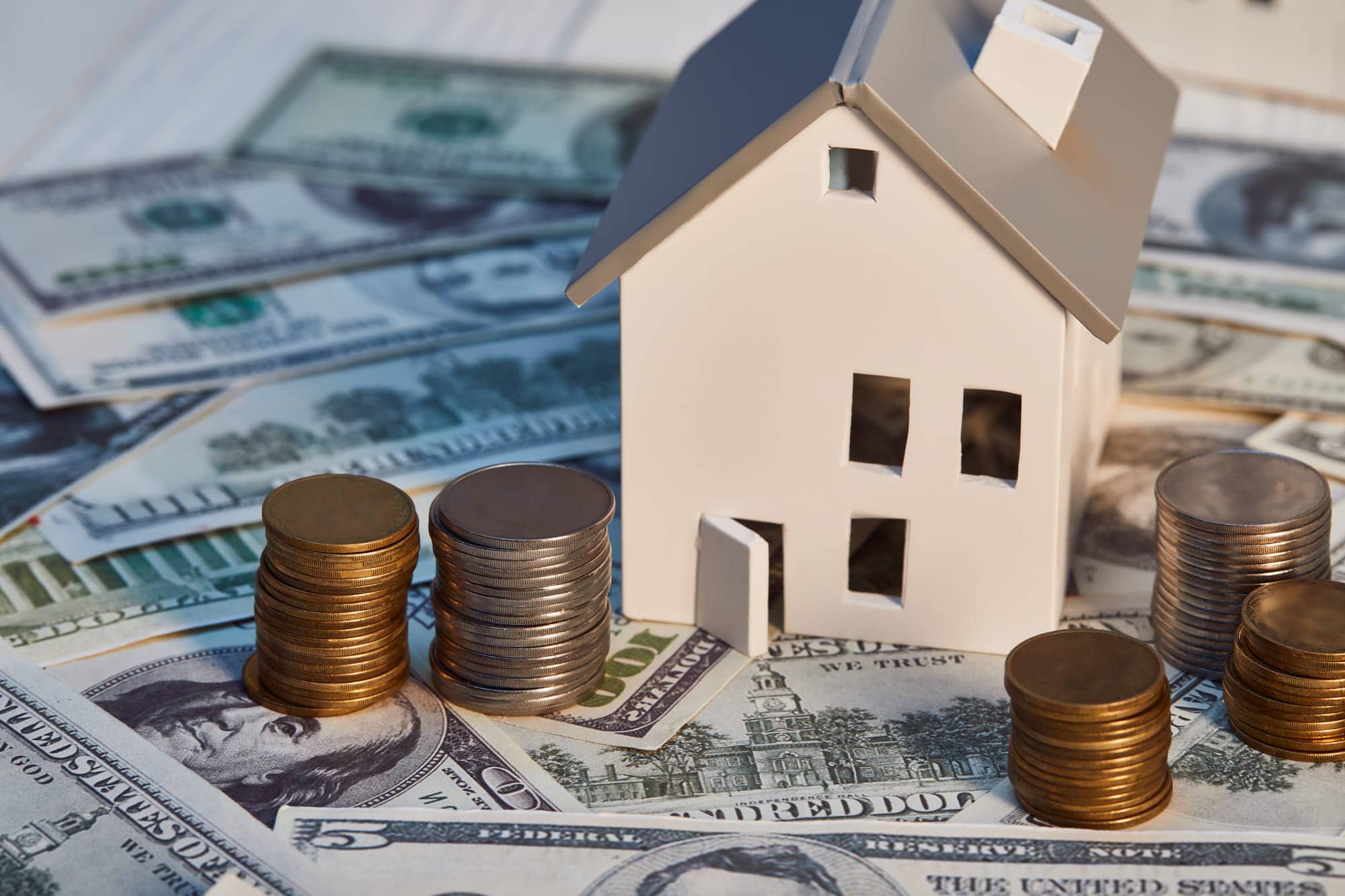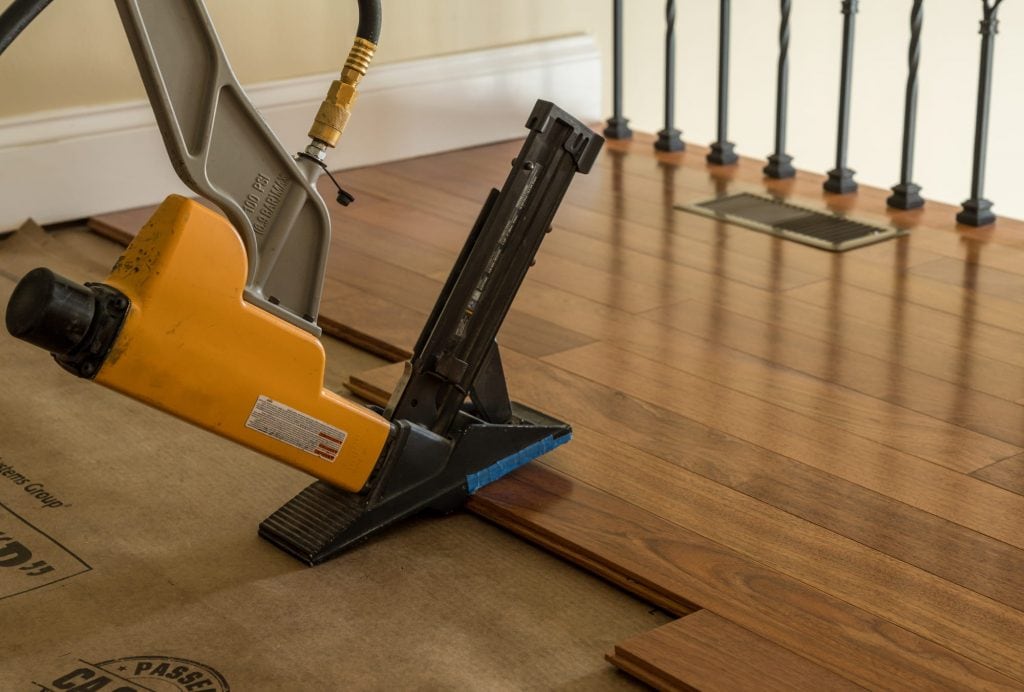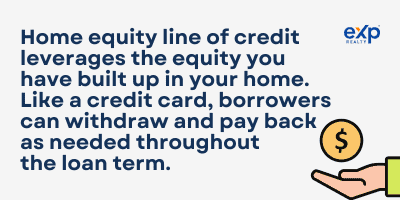Home improvements can help you create a more efficient and functional space. They can also increase your home’s worth. Whether you’re updating an outdated kitchen or upgrading your home’s insulation, more often than not, renovations are a good idea.
But, figuring out how to pay for home renovations can be tricky. Though the best route is often to tap into savings, it’s not always the right option.
Whether you’re thinking about purchasing a fixer-upper or want to make improvements to your current home, this guide will walk you through the many types of financing available before buying real estate for sale in Sebastian, FL or anywhere in the US.
Why Should You Introduce Home-Improvements To Your Home?
Figuring out how to pay for home renovations can be stressful, and it might make you question whether they’re worth the effort. But, when done for the right reasons, home improvements are more than worth the cost.
There are several “right reasons,” the biggest being that improvement will make things more comfortable, functional, or enjoyable for you and your family. If the renovation improves your quality of life, it’s worth it.
Introducing home improvements are also a good idea if you’re about to sell your home. In many areas, buyers want a move-in-ready property. First-time buyers, especially, look for homes requiring minimal work. A real estate agent can guide you on which renovations are most helpful in this area. So, talk to one before you hire a contractor.
Depending on the type of renovation you make, you could also significantly increase your home’s value.
According to the National Association of Realtors’ 2022 Remodeling Impact Report, refinishing the hardwood floors in your home brings a 147% return on average. That’s huge! Putting in new wood floors comes with a return of over 100% as well. Other renovations might not bring such eye-popping returns, but they’ll still add value to your home.
Home improvements can also save you money long-term. You can increase your energy efficiency by putting in new insulation, updating windows and doors, or changing out lighting. These improvements cost money up front but should lower your monthly electricity bill.
How to Assess Your Home-Improvement Needs and Budget
Renovation projects are a great idea if they’ll improve your quality of life, increase your home’s value, or improve your home’s efficiency. They’re also helpful when you’re about to sell.
That said, deciding which renovations to make and creating an appropriate budget can be complicated. Determining how much a project will cost and how much you can afford to spend can be difficult.
The first step is to consider the complexity of the room or rooms you plan to renovate. Kitchens, bathrooms, and spaces that involve electric and plumbing work tend to cost more. On average, you can expect to spend around $25,000 on a kitchen and $10,000 on a bathroom. Bedrooms and other living areas tend to cost less.
However, several factors can swing the costs away from the average. The square footage of the space will make a huge difference, as will the type of materials you choose to use. Most significant improvement projects will require permits, and you’ll need to consider the cost of local labor.
A local contractor should be able to provide a detailed estimate. If you don’t know a good one near you, consider asking your local realtor to help. Chances are, your realtor has a reference for one they know and trust.
Once you have an estimate, you must decide if you can afford the renovation. You’ll need to look at your overall financial situation. There are renovation loan options if you don’t have the savings to cover the cost. But taking out a loan means adding a monthly payment.
Home-Improvement Loan Options
There are several types of loans to consider when you want to renovate. Below, we lay out some of the most common options.
Home Equity Loan or Line of Credit (HELOC)
A home equity loan allows you to borrow money using your home as collateral. You’ll receive a lump sum payment at a fixed interest rate that you can use to make renovations.
Similarly, a HELOC, or home equity line of credit, leverages the equity you have built up in your home. But, as a line of credit, it doesn’t pay out in one lump sum. Instead, borrowers receive pre-approval for a certain spending limit. Then, like a credit card, they can withdraw and pay back as needed throughout the loan term.
Also like a credit card, HELOCs have adjustable interest rates during the draw period, usually lasting between five and ten years. During the repayment period, some loan providers switch to a fixed rate, but some do not. It’s important to look carefully at the loan terms to determine which is best for your situation.
Regardless, home equity loans and HELOCs offer lower interest rates than unsecured loans and tend to offer significant amounts of funding. Most borrowers can access up to 80% of their home’s equity.
They’re a great option for home renovations since you’re essentially using the equity you have to create more equity in the future. And, there aren’t restrictions on the types of projects you can do. Whether you want to add a pool or update your home’s bathrooms, the money is yours to spend.
However, you must have sufficient equity in your home, usually 15-20%, to qualify. That means new homeowners and those who’ve had to take out second mortgages in the past may be unable to use this option.
Personal Loan
Personal loans allow you to access extra funds without using your home as collateral. That means there’s no risk of losing your home if you lose the ability to make payments.
As with a home equity loan, there are no restrictions on how you use the money either. You can finish a basement, paint your home’s exterior, or make needed efficiency improvements. You can also use the funds for non-home-related purposes.
Personal loans also offer fast funding. You can receive the money in as little as twenty-four hours. So, a personal loan might be the best choice if you need to make quick repairs.
However, there are some potential downsides. Lenders set personal loan terms by looking at your credit history. A poor credit rating means you’ll have a high-interest rate. Personal loans also tend to come with a shorter repayment period than home equity financing, and there may be more fees.
If you’re considering a personal loan, look closely at the interest rate, loan fees, repayment terms, and payout timeline before signing.
Cash-Out Refinance
A cash-out refinance replaces your current mortgage with a new, larger loan and updated interest rate. You pocket the difference between the old mortgage and the new loan amount. Whether or not this is an ideal option depends on what mortgage rates were when you purchased your home compared to what they are now.
If mortgage rates were higher when you purchased your home, a cash-out refinance might make sense. You’ll receive the funds you need to renovate while securing a lower interest rate. Unlike other loan options, a cash-out refinance doesn’t add a monthly payment to your calendar. Your new loan takes the place of your old mortgage, so your number of monthly payments stays the same.
However, a cash-out refinance isn’t a great option if interest rates have increased since you purchased your home. They also have some stiff requirements. You’ll need a decent credit score, usually of at least 620, though there may be exceptions for VA refinances. You’ll also need a debt-to-income ratio of less than 50% and a sizable amount of equity in your home.
Government-Backed Loan Programs
There are several government-backed loan programs you may be able to take advantage of when making home improvements. Below are a couple of the most helpful but least-known options.
A HUD Title 1 Property Improvements loan allows qualified borrowers to take as much as $25,000 to improve their homes even when they have no home equity. This makes it an ideal option for repairing a home you recently purchased.
Requirements state that you must occupy the home for ninety days before applying for the loan and must use the loan to make improvements that increase the livability or basic utility of the property. These include structural repairs and certain appliance installations. They don’t include luxury items like installing an outdoor fire pit or adding a sauna.
Because the loan is government-backed, you may receive a better interest rate than you would with a personal loan. Lenders may also choose not to run a credit report as there are no hard credit score requirements.
However, you’ll still need to show the loan provider that you can make regular payments by showing proof of income. And the lender may run a CAIVRS report to ensure you aren’t delinquent on any other federally-backed loan.
USDA Single-Family Housing Repair Loan
Certain homeowners may qualify for a housing repair loan backed by the USDA. These loans are for low-income families and borrowers over 62 years old living in rural areas. They offer up to $40,000 at 1% interest for a 20-year term.
Like the HUD Title 1 loans, these are for critical repairs, like fixing a roof or foundational issues, and not for luxury expenses.
Using Credit Cards for Home-Improvements
Many people use credit cards as a source of financing for their home improvement projects. Credit cards are easy to attain and convenient to use. They also often offer points per dollar spent. So, a big expenditure, like a home renovation, can rack up lots of rewards. Plus, many offer an introductory period with a 0% APR, making them more attractive than a loan.
However, the introductory period is often relatively short, at 90 days or so. And credit cards tend to have high-interest rates if you don’t pay them off in full. So, if you’re thinking of using a credit card, consider these tips:
- Compare rewards with the interest rate you’ll pay. If you anticipate racking up $250 cash back thanks to rewards points, that sounds great! But, if it ultimately costs you $300 in interest payments, it might not be the best route.
- Check for home improvement restrictions. Some cards only give rewards on certain types of expenditures, like gas and restaurants. If home improvement expenses don’t count towards reward points, the card may not be a good choice.
- Ensure your contractor will take a credit card. Sometimes building businesses don’t take credit cards or tack on a surcharge to cover the credit company’s processing fees.
Key Takeaways
If you’re wondering how to pay for a home renovation, you have options. You can take out a loan, refinance your home, or use a credit card. Before choosing a financing method, be sure to examine it in detail. Consider the interest rate, repayment terms, and any possible fees to ensure you can maintain financial stability throughout the renovation.
And, if you’re thinking of renovating before putting your home up for sale or considering a fixer-upper purchase, contact a local eXp agent. Home renovations can add significant value to a property, and they can help guide you on which renovations have the biggest returns. They can also help you find an ideal fixer-upper.
Ready to buy a new home to renovate? Check out homes, townhomes, and other properties at exprealty.com/properties
FAQs
Figuring out how to pay for home renovations comes with questions. Below, we answer a few of the most common ones.
What is the best way to pay for home renovations?
Determining the best way to pay for home renovations starts with figuring out the size of the repair. You can pay for a small project with a credit card, but a larger renovation may require a loan or HELOC.
How to afford to renovate a house?
If you can’t afford to renovate a house with your savings, you can tap into your home’s equity with a home improvement loan or HELOC. You could also consider a cash-out refinancing option.
Can renovation costs be included in a mortgage?
Yes, if you’re purchasing a home needing repairs, you may be eligible for a FannieMae HomeStyle renovation mortgage. This type of mortgage lumps repair costs and the home’s sale price into one mortgage.
If you already have equity in your home, you could opt for cash-out refinance instead.
Should I borrow money to renovate?
You should borrow money to renovate if your home desperately needs repair. A leaky roof, broken water heater, or cracked foundation might all be good reasons to borrow funds. Also, consider borrowing if the improvement will provide a large return on investment. Talking to a real estate agent can help you determine likely returns for your local market.
Is it better to finance renovations or pay cash?
If you have the cash available, it’s better to pay cash for renovations than finance them. Financing always costs money in interest payments, so you pay more than you would with cash.
Is it cheaper to buy a house than renovate?
Your local market and needs will determine whether it’s cheaper to buy a home or renovate your existing one. Talking to an experienced real estate agent can help you decide which option is right.
Can you write off renovation costs?
You won’t be able to write off renovation expenses in the year you make the renovation. However, you should keep track of them as you may be able to write them off when you sell your home. Adding the cost of home improvements to the cash basis from your home’s sale could lower any capital gains tax.










